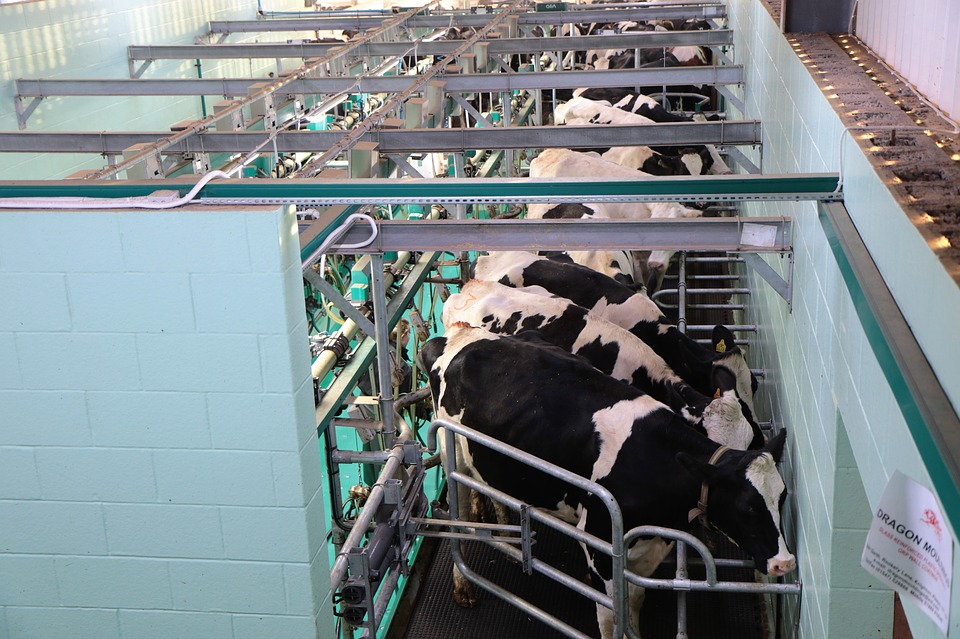Greta Thunberg has excoriated world leaders for their “betrayal” of young people through their inertia over the climate crisis at a United Nations summit that failed to deliver ambitious new commitments to address dangerous global heating.

In a stinging speech on Monday, the teenage Swedish climate activist told governments that “you are still not mature enough to tell it like it is. You are failing us. But the young people are starting to understand your betrayal.”
Days after millions of young people joined protests worldwide to demand emergency action on climate change, leaders gathered for the annual United Nations general assembly aiming to inject fresh momentum into efforts to curb carbon emissions.
But Thunberg predicted the summit would not deliver any new plans in line with the radical cuts in greenhouse gas emissions that scientists say are needed to avoid catastrophic climate breakdown.
“You have stolen my dreams and my childhood with your empty words,” a visibly emotional Thunberg said.
“The eyes of all future generations are upon you. And if you choose to fail us I say we will never forgive you. We will not let you get away with this. Right here, right now is where we draw the line.”
As the summit spooled through about 60 speeches from national representatives, it became clear that Thunberg’s forecast was prescient. Narendra Modi, the prime minister of India, told delegates that “the time for talking is over” in announcing a plan to ramp up renewable energy but didn’t announce any phase-out of coal – a key goal set by António Guterres, the UN secretary-general who convened the summit.
Angela Merkel, the German chancellor, did set out the end of coalmining in her country but only by 2038 – a lengthy timeframe that disappointed environmentalists.
Meanwhile, China declined to put forward any new measures to tackle the climate crisis.
Emmanuel Macron, the French president, called for the European Union to deepen its emissions cuts and said that France would not make trade deals with countries not signed up tor the landmark Paris climate agreement. “We cannot allow our youth to strike every Friday without action,” Macron said, in reference to Friday’s global climate strikes.
Despite Guterres’ efforts, the summit was somewhat overshadowed by its absentees – most notably the US, and Jair Bolsonaro’s Brazil, whose representatives were reportedly not selected to make a presentation there because of Brazil’s failure to outline plans to strengthen its efforts to counter climate change.
Donald Trump did visit the UN on Monday but only briefly dipped into the climate summit to see Modi’s speech before attending a meeting which he had called on religious freedom.
As he arrived at the UN, Trump crossed paths with Thunberg, who fixed the president with a hard stare.
The summit was designed to accelerate countries’ ambition to address the climate crisis amid increasingly urgent warnings by scientists. A new UN analysis has found that commitments to cut planet-warming gases must be at least tripled and increased by up to fivefold if the world is to meet the goals of the 2015 Paris agreement of holding the temperature rise to at least 2C above the pre-industrial era.
The world is currently on track to warm by as much as 3.4C by the end of the century, the UN warned, a situation that would escalate disastrous heatwaves, flooding, droughts and societal unrest. Major coral reefs and many other species face extinction.
Read more: Guardian


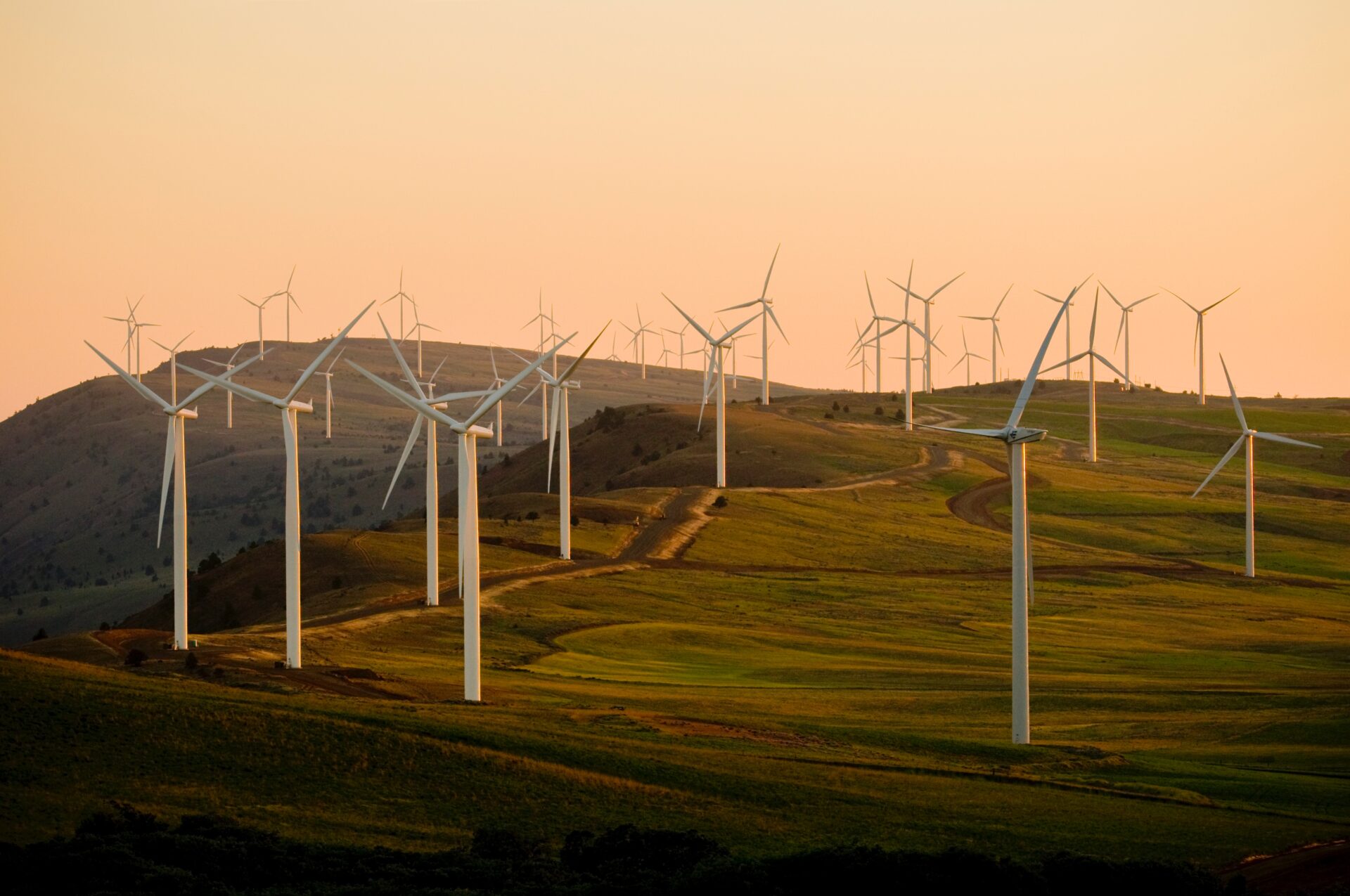







 „Groundwaters that are not too ’aggressive’ or murky we can use directly in heat pumps. But with aggressive water which happens to be loaded with Sulphur and metal residues such as manganese or iron, we put the interchanger into the pumps. River and lake water we can also use – where in the coldest days the water temperature doesn’t exceed 1°C or the water even gets frozen. In those pumps, we utilize different exchangers, and that is a nice and appealing solution. Anyway, there is a solution to every type of water. Still, we might say that heat pump water-to-water is the most efficient”, explains Sasa adding that there is also a subtype of this pump. “The most interesting is wastewater, and the Germans are the first who started using it for generating electricity. In two buildings we installed pumps which use waste water. In the spa centre in Mladenovac we built in a system for the use of wastewater coming from showers and other sanitary ware. The pump capacity is 300 kW, and this energy is used for heating the sanitary water for the whole building, so ten times less energy is consumed in comparison with other energy sources. That way, the users can pay off the investment faster.”
„Groundwaters that are not too ’aggressive’ or murky we can use directly in heat pumps. But with aggressive water which happens to be loaded with Sulphur and metal residues such as manganese or iron, we put the interchanger into the pumps. River and lake water we can also use – where in the coldest days the water temperature doesn’t exceed 1°C or the water even gets frozen. In those pumps, we utilize different exchangers, and that is a nice and appealing solution. Anyway, there is a solution to every type of water. Still, we might say that heat pump water-to-water is the most efficient”, explains Sasa adding that there is also a subtype of this pump. “The most interesting is wastewater, and the Germans are the first who started using it for generating electricity. In two buildings we installed pumps which use waste water. In the spa centre in Mladenovac we built in a system for the use of wastewater coming from showers and other sanitary ware. The pump capacity is 300 kW, and this energy is used for heating the sanitary water for the whole building, so ten times less energy is consumed in comparison with other energy sources. That way, the users can pay off the investment faster.”









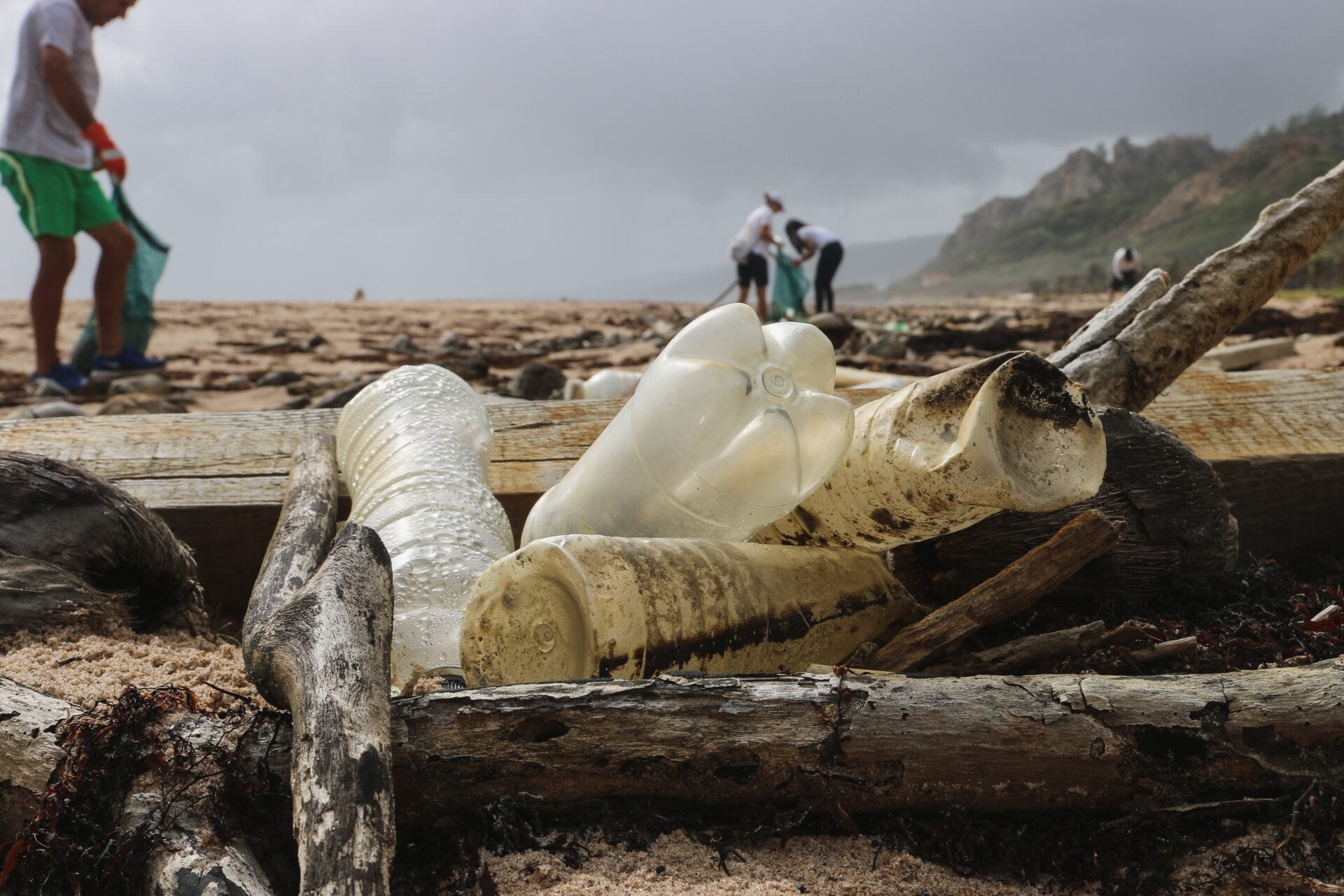
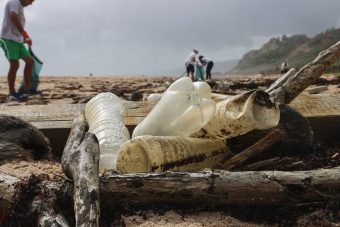

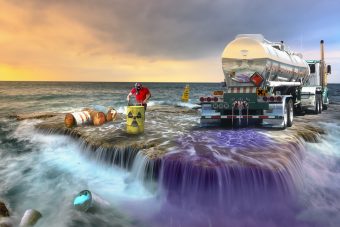

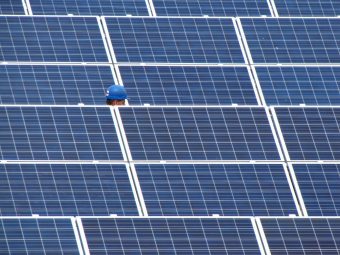 One production plant has saved almost half of the electricity consumption in the day of the largest production thanks to the solar power plant on the roof of the facility. Out of 950 kWh consumed, it saved about 450.
One production plant has saved almost half of the electricity consumption in the day of the largest production thanks to the solar power plant on the roof of the facility. Out of 950 kWh consumed, it saved about 450.